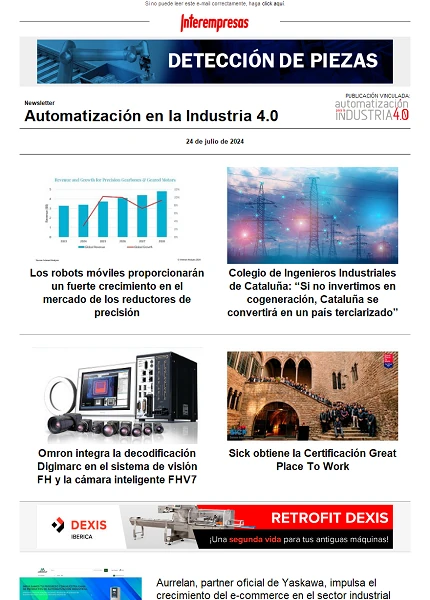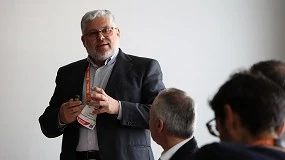Characterization Experimental of the edge effect in the forming by transfers of resin (LCM)
(1) Technical University of Valencia. Dept. Engineering mechanics and materials
Camino Vera s/n, 46022, Valencia. e-mail: iordeig@mcm.upv.es, jugarcia@mcm.upv.es,
(2) Laboratoire de mécanique des Systemes et des come. UMR CNRS - ENSAM - ESEM
151 Boulevard of l'Hopital, 75013 PARIS. e-mail: fracisco.chinesta@paris.ensam.fr
01/12/20021. Introduction
Traditionally this effect has been considered as a factor of undesirable and unavoidable, work, however, in recent years has been that this effect can be used to reduce the pressure of injection or decrease the time of injection. If you inject vacuum the edge effect helps guide at the forefront of progress towards the point of emptiness, which is generally located at an intermediate point of the piece.
For a correct numerical simulation of the filling phase, using a Darcy flux, becomes necessary to characterize the edge effect through the definition of an equivalent permeability in the channels of the mould where there is no fiber. Permeability is a difficult measure, but which is essential for a correct simulation of the process of forming. There are numerous methods to measure, either by means of experimental techniques, using numerical techniques or as a combination of both.
The present paper is intended to model the edge effect and characterize an equivalent permeability using experimental techniques, which will then be used to simulate the filling by a finite element technique developed by the authors.
2 Results and discussion
Use a material type sandwich (rovicore) as preform and different thicknesses of it. The injection with silicone oil with a viscosity similar to the polymer resins used in MCL and a quasi-Newtonian behavior. The method is also valid for any other material or geometry.
3 Findings
4. References
[2] Moon-Kwang Um, Sang-Kwan Lee, A Study on the Determination of In-Plane Permeability of Fiber Preforms. Polymer Composites, Vol. 20, no. 6,(Dec._1999).








